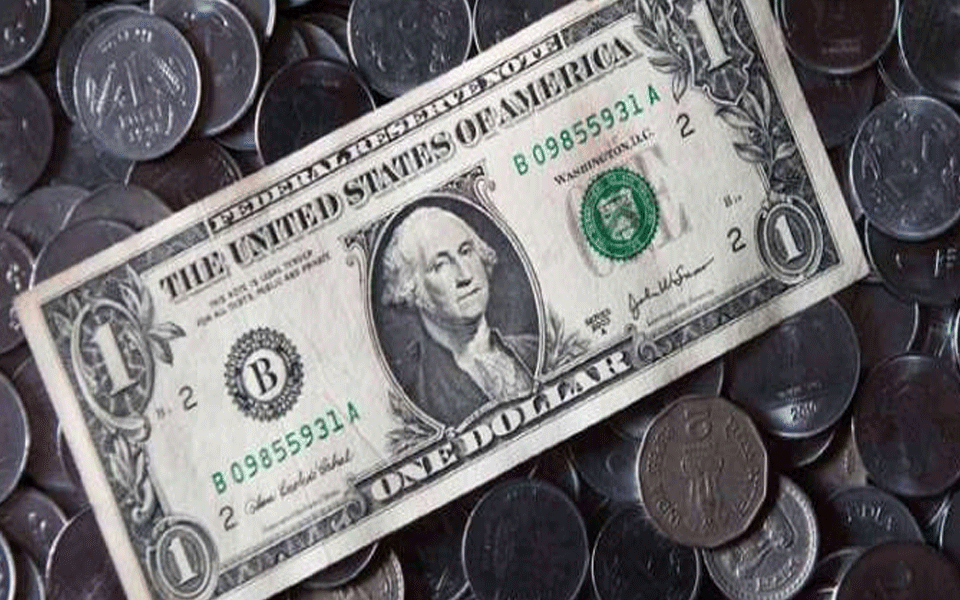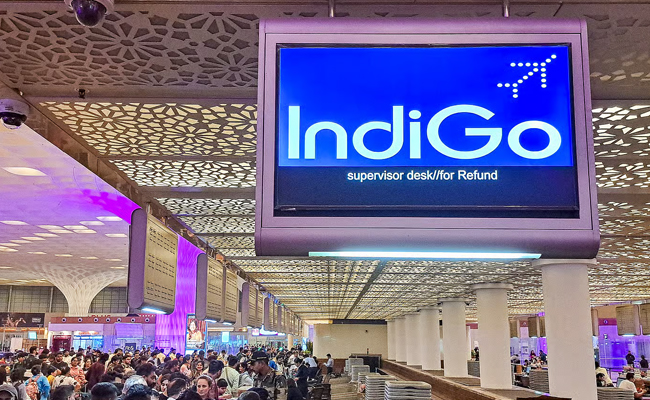Kolkata, Sep 3 : India's engineering export growth slackened to 9.4 per cent in July even as the rupee continued to depreciate against the dollar during the month, demonstrating that a stronger dollar does not always lead to export momentum, the EEPC India said on Monday.
The Engineering Export Promotion Council (EEPC) of India said engineering exports had grown by 18.92 per cent in April this year, 14.59 per cent in May, 14.17 per cent in June and then by 9.37 per cent in July.
"Our view has been that it is a stable currency which helps exporters, providing them with predictability of dealing with the buyers. Any fluctuation and volatility on either side does not help," council's Chairman Ravi Sehgal said.
The EEPC paper noted the rupee depreciated by 6.56 per cent in July as compared to 5.19 per cent in June.
"But did exports grow at a higher rate too, and was there a currency depreciation advantage? No, exports in July, this year expanded at a lesser pace of 9.37 per cent than 14.17 per cent in June," it explained.
In any case, the rupee depreciation to plus 71 to a dollar level in August should be seen in the context of January 2017, when the average exchange rate was Rs 68.08 to a dollar which reversed to 63.64 in January this year, it said in a statement.
When the rupee was 68-plus to a dollar in January 2017, engineering exports grew by about 12 per cent but when in the same month of 2018, when the rupee became stronger and exporters could have got the disadvantage of a weak dollar, these exports grew at a higher pace of 15 per cent, the council said. It noted that a stable currency is the best bet for exporters.
According to EEPC India, the present depreciation of the rupee should get a contextual perspective that it is not the Indian currency alone which has lost ground. Currencies of major emerging markets have seen value erosion against the US dollar, giving level-playing to exporters of all these countries.
"When everyone else is on the same footing, extra advantage does not really accrue. The key lies in improving the domestic efficiency levels so that the cost of production is brought down. The dollar appreciation conversely is also making the raw material for exports expensive," it added.
Let the Truth be known. If you read VB and like VB, please be a VB Supporter and Help us deliver the Truth to one and all.
Bengaluru (PTI): The Karnataka government has issued directions to municipal corporations across the state to regulate and prohibit feeding pigeons in public places, citing serious public health concerns.
Deputy Secretary to Government V Lakshmikanth has written to the Urban Development Department requesting it to issue directions to the Greater Bengaluru Authority (GBA) and all municipal corporations to take immediate steps to implement the measures.
In an official note dated December 16 issued by the Health and Family Welfare Department and released to the media on Wednesday, the department said uncontrolled feeding of pigeons in public places has resulted in large congregations of birds, excessive droppings and serious health concerns, particularly respiratory illnesses linked to prolonged exposure to pigeon droppings and feathers such as hypersensitivity pneumonitis and other lung diseases.
ALSO READ: Chinese GPS tracker found on seagull near Karwar Coast
"The commissioner, the Greater Bengaluru Authority and the Commissioners and chief officers of other municipal corporations shall take necessary action to mitigate the causes of dangerous disease spread by pigeon and enforce specified guidelines in their respective jurisdiction," the note said.
According to the department, these include a prohibition on feeding pigeons or causing pigeons to be fed in areas where it may cause nuisance or pose a health hazard to the public. Pigeon feeding shall be permitted only in designated areas in a controlled manner, subject to certain conditions.
"The designated areas may be selected in consultation with stakeholders. The responsibility for upkeep of the designated areas and compliance to the directions shall be taken up by some charitable organisation or an NGO. The feeding in designated areas shall be permitted only for some limited hours in the day," it said.
The note further stated that authorised officers of local authorities shall issue on-the-spot warnings and may impose fines for violation of the order, or lodge complaints to prosecute offenders under Sections 271 (Negligent act likely to spread infection of disease dangerous to life) and 272 (Malignant act likely to spread infection of disease dangerous to life) of the Bharatiya Nyaya Sanhita.
It also directed local authorities to conduct public awareness campaigns, including the display of signboards, banners and digital messages, explaining the health hazards associated with pigeon droppings and feathers, the content of the regulatory directions and penalties for violations, and alternative humane methods of bird conservation that do not endanger public health.





